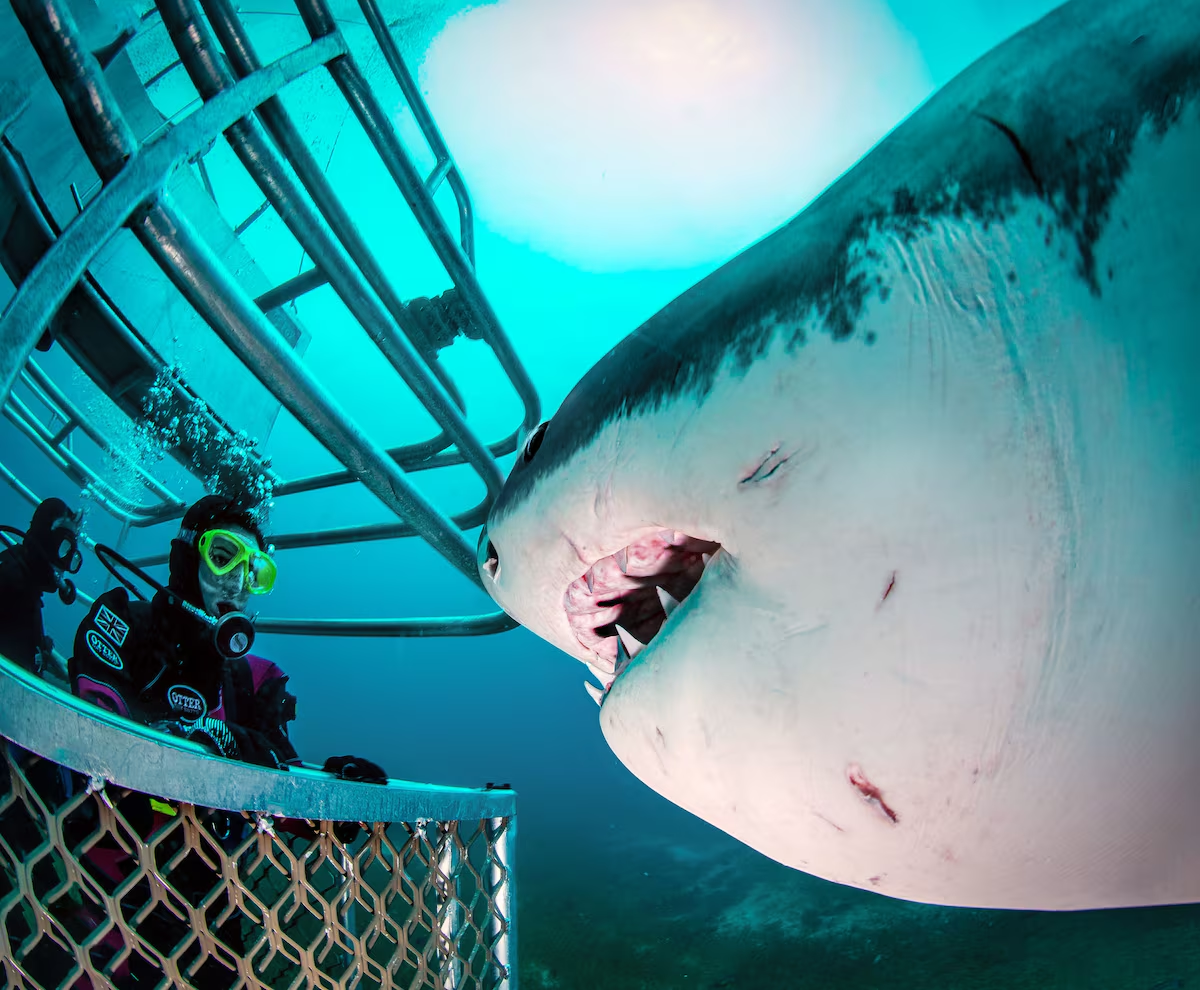Mini Sheet: Penrhyn (Penrhyn 2011)
Penrhyn (Penrhyn 2011)
06 May (Penrhyn ) within release Tourism goes into circulation Mini Sheet Penrhyn face value 1,430 Cook Islands cent
| Mini Sheet Penrhyn in catalogues | |
|---|---|
| Michel: | Mi: CK-PE 647-661 |
| Stamp Number: | Sn: CK-PE 501a |
| Stanley Gibbons: | Sg: CK-PE MS588 |
Mini Sheet is horizontal format.
Also in the issue Tourism:
- Stamp - Beaches face value 70;
- Stamp - Moonlight face value 80;
- Stamp - Turtle face value 1.50;
- Stamp - Beaches face value 1.10;
- Stamp - Lanscape from town face value 30;
- Stamp - Stingray face value 20;
- Mini Sheet - Penrhyn face value 1,430;
- Stamp - Sunset face value 3;
- Stamp - Lanscape face value 60;
- Stamp - Pearls face value 1.20;
- Stamp - Birds face value 10;
- Stamp - Shark face value 1;
- Stamp - Beaches face value 2;
- Stamp - Palm trees face value 50;
- Stamp - Landscape waves face value 40;
- Stamp - Sunset face value 90;
|
Data entry completed
83%
|
|
|---|---|
| Mini Sheet Penrhyn in digits | |
| Country: | Penrhyn |
| Date: | 2011-05-06 |
| Size: | 240 x 180 |
| Perforation: | 14¼ |
| Emission: | Commemorative |
| Format: | Mini Sheet |
| Face Value: | 1,430 Cook Islands cent |
Mini Sheet Penrhyn it reflects the thematic directions:
A landscape is the visible features of an area of land, its landforms and how they integrate with natural or man-made features. A landscape includes the physical elements of geophysically defined landforms such as (ice-capped) mountains, hills, water bodies such as rivers, lakes, ponds and the sea, living elements of land cover including indigenous vegetation, human elements including different forms of land use, buildings and structures, and transitory elements such as lighting and weather conditions. Combining both their physical origins and the cultural overlay of human presence, often created over millennia, landscapes reflect a living synthesis of people and place that is vital to local and national identity. The character of a landscape helps define the self-image of the people who inhabit it and a sense of place that differentiates one region from other regions. It is the dynamic backdrop to people’s lives. Landscape can be as varied as farmland, a landscape park, or wilderness. The earth has a vast range of landscapes, including the icy landscapes of polar regions, mountainous landscapes, vast arid desert landscapes, islands and coastal landscapes, densely forested or wooded landscapes including past boreal forests and tropical rainforests, and agricultural landscapes of temperate and tropical regions.
Sharks are a group of elasmobranch fish characterized by a cartilaginous skeleton, five to seven gill slits on the sides of the head, and pectoral fins that are not fused to the head. Modern sharks are classified within the clade Selachimorpha (or Selachii) and are the sister group to the Batoidea (rays and kin). Some sources extend the term "shark" as an informal category including extinct members of Chondrichthyes (cartilaginous fish) with a shark-like morphology, such as hybodonts. Shark-like chondrichthyans such as Cladoselache and Doliodus first appeared in the Devonian Period (419–359 million years), though some fossilized chondrichthyan-like scales are as old as the Late Ordovician (458–444 million years ago). The earliest confirmed modern sharks (selachimorphs) are known from the Early Jurassic around 200 million years ago, with the oldest known member being Agaleus, though records of true sharks may extend back as far as the Permian.
Tourism is travel for pleasure or business; also the theory and practice of touring, the business of attracting, accommodating, and entertaining tourists, and the business of operating tours. Tourism may be international, or within the traveller's country. The World Tourism Organization defines tourism more generally, in terms which go "beyond the common perception of tourism as being limited to holiday activity only", as people "traveling to and staying in places outside their usual environment for not more than one consecutive year for leisure, business and other purposes". Tourism can be domestic or international, and international tourism has both incoming and outgoing implications on a country's balance of payments. Today, tourism is a major source of income for many countries, and affects the economy of both the source and host countries, in some cases being of vital importance.
Turtles are reptiles of the order Testudines, characterized by a special shell developed mainly from their ribs. Modern turtles are divided into two major groups, the Pleurodira (side necked turtles) and Cryptodira (hidden necked turtles), which differ in the way the head retracts. There are 360 living and recently extinct species of turtles, including land-dwelling tortoises and freshwater terrapins. They are found on most continents, some islands and, in the case of sea turtles, much of the ocean. Like other amniotes (reptiles, birds, and mammals) they breathe air and do not lay eggs underwater, although many species live in or around water.




